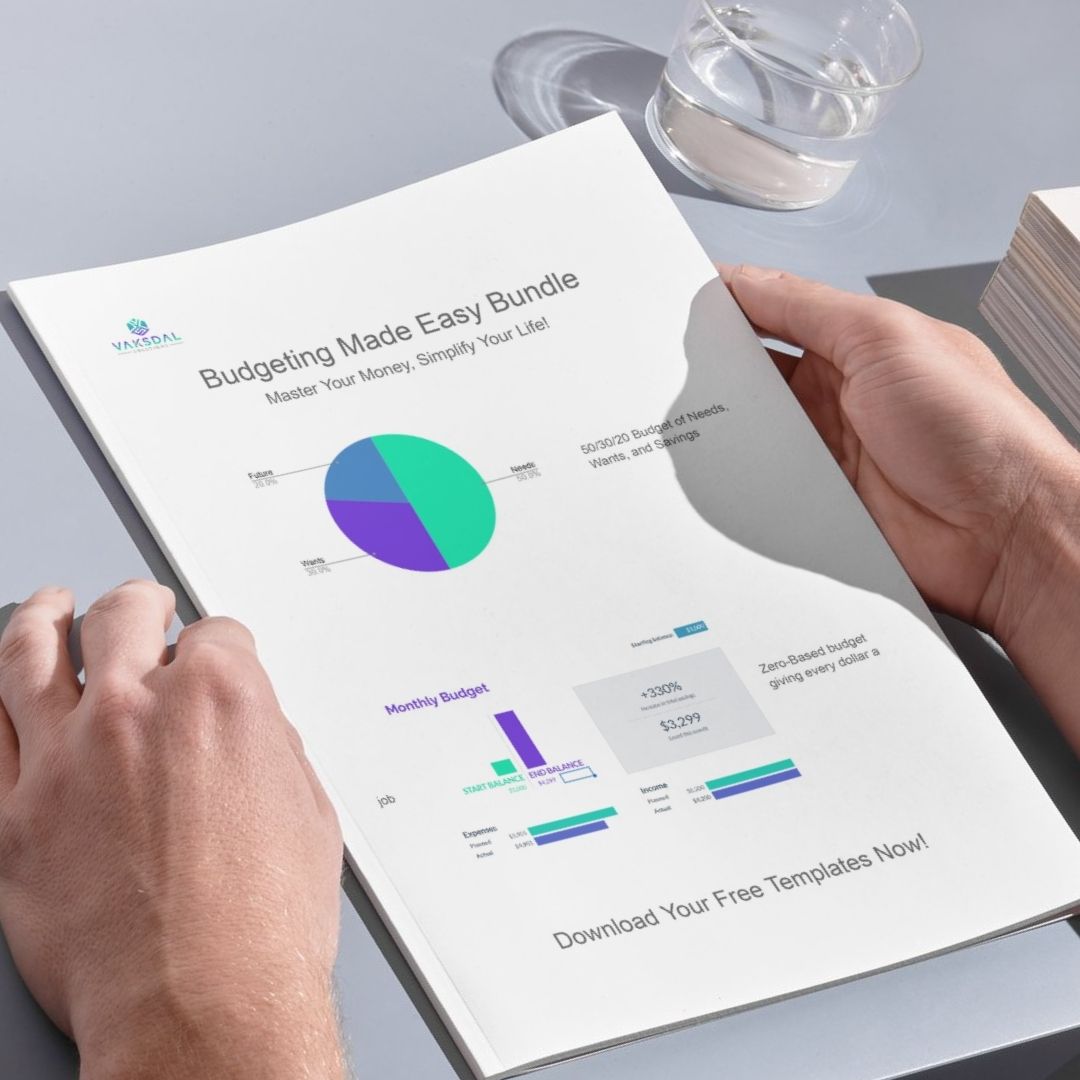Student loans are a reality for millions of Americans, and understanding the true cost can be the first step toward effectively managing or eliminating this debt. In the United States, student loans have reached a staggering total of $1.6 trillion, impacting over 45 million people. That’s an average of $35,556 per borrower!
The Background of Student Loans in the U.S.
Student loans as we know them today began in 1998, with the purpose of making education accessible to more students. While this access has expanded educational opportunities, it has also contributed to significant financial strain for many. Since 1998, only 19.3% of borrowers (roughly 991,500 people) have fully paid off their loans. The rising costs of tuition, combined with interest rates that seem to go up each year, make these loans a long-term commitment for many. The current federal interest rate sits at 6.53%, an increase from last year’s 5.5%, which means more of each payment goes toward interest rather than the principal.
Choosing Your Best Path Forward
Understanding your options helps you tailor your loan repayment to your current lifestyle and future goals. Choosing a plan that aligns with your income, career trajectory, and repayment timeline can make a huge difference in how quickly you get out of debt.
Exploring Repayment Options: Finding the Right Fit
If you’re facing student loan debt, finding the right repayment plan is crucial to managing your finances and minimizing the long-term impact. Here’s an overview of the various repayment plans, with a practical example to illustrate how each might impact someone with $40,000 in loans and an annual income of $60,000.
- Standard Repayment Plan
What it is: This plan offers fixed payments over a 10-year period.
Who it’s for: Ideal for those who can manage higher monthly payments and want to pay off their debt quickly, minimizing interest.
Example: With $40,000 in loans at 6.53% interest, you’d pay about $454 per month, totaling $54,480 over ten years.
- Graduated Repayment Plan
What it is: Payments start low and gradually increase every two years over a 10-year term.
Who it’s for: Great for those who expect their income to grow over time.
Example: You might start with a payment as low as $250 per month, which could eventually rise to about $700 by the end of the term. Total payment: $57,000, depending on the interest accrued during lower payments.
- Extended Repayment Plan
What it is: Allows for a longer term (up to 25 years), with either fixed or graduated payments.
Who it’s for: Those needing lower monthly payments over a longer period.
Example: Monthly payments of around $271 over 25 years, totaling $81,300. While monthly payments are smaller, interest over time significantly increases the total cost.
- Income-Based Repayment (IBR)
What it is: Caps payments at 10-15% of your discretionary income, depending on when you borrowed, with any remaining balance forgiven after 20-25 years.
Who it’s for: Beneficial for borrowers with high debt relative to their income.
Example: Monthly payments could be around $250, adjusting annually based on income. Total repayment varies widely, but if you qualify for forgiveness, this can reduce the lifetime cost.
- Income-Contingent Repayment (ICR)
What it is: Caps payments at 20% of discretionary income or what you’d pay on a 12-year fixed plan, whichever is less. Any remaining balance is forgiven after 25 years.
Who it’s for: Those with a low income relative to their debt, especially if they don’t qualify for IBR or PAYE.
Example: Payments could start at $400 per month, adjusted annually based on income and family size.
- Income-Sensitive Repayment
What it is: A plan available only for FFEL Program loans, with payments adjusted annually based on income over a 10-year period.
Who it’s for: Borrowers with FFEL loans who don’t qualify for other income-driven options.
Example: Monthly payments vary but may start lower than standard plans, increasing over time.
- Pay As You Earn (PAYE)
What it is: Caps payments at 10% of discretionary income, with forgiveness after 20 years.
Who it’s for: Borrowers with high debt-to-income ratios who don’t qualify for other income-driven options.
Example: Monthly payments around $250, adjusted annually, with potential forgiveness after 20 years.
- Saving on a Valuable Education (SAVE) Plan
What it is: Newest repayment option, combining aspects of several income-driven plans, with potential forgiveness and adjustments for discretionary income.
Who it’s for: Borrowers looking for flexibility and potential forgiveness based on income fluctuations.
Example: Payments and forgiveness terms vary widely based on income and borrowing level.
The Reality of Loan Forgiveness in Income-Based Plans
As of 2024, only 11% of student loans have actually been forgiven under income-based plans, leaving the majority of borrowers still working through decades of payments. Relying on forgiveness may sound appealing, but in reality, it’s often a lengthy process that doesn’t pan out for most. In many cases, income-driven repayment plans require borrowers to pay on their loans for over 20 years to even qualify for potential forgiveness. That’s two decades or more of financial commitment and accruing interest.
Instead of aiming to “run out the clock” for forgiveness, consider prioritizing a strategy to pay down your student loans. Not only does this approach mean greater financial freedom sooner, but it also reduces the total interest you’ll pay over the life of the loan. Taking ownership of your repayment plan—whether it’s a standard, graduated, or another structured approach—can empower you to move past this debt and start building a prosperous financial future.
The Cost of Paying the Minimum: A Long-Term Perspective
Let’s consider a common scenario: paying only the minimum on a $40,000 student loan balance with a 6.53% interest rate. Over 10 years, a borrower in the standard plan would pay roughly $454 a month, but those in extended plans could end up paying double in interest alone. And while it can be tempting to opt for lower monthly payments, remember that higher interest over a longer term means more money out of your pocket in the long run.
Final Thoughts: Taking Control of Your Student Loans
Student loans can be a formidable challenge, but with the right strategy, you can manage or even eliminate them sooner than expected. Explore all your options, stay on top of payments, and whenever possible, contribute extra toward the principal to reduce overall interest costs.



0 comments